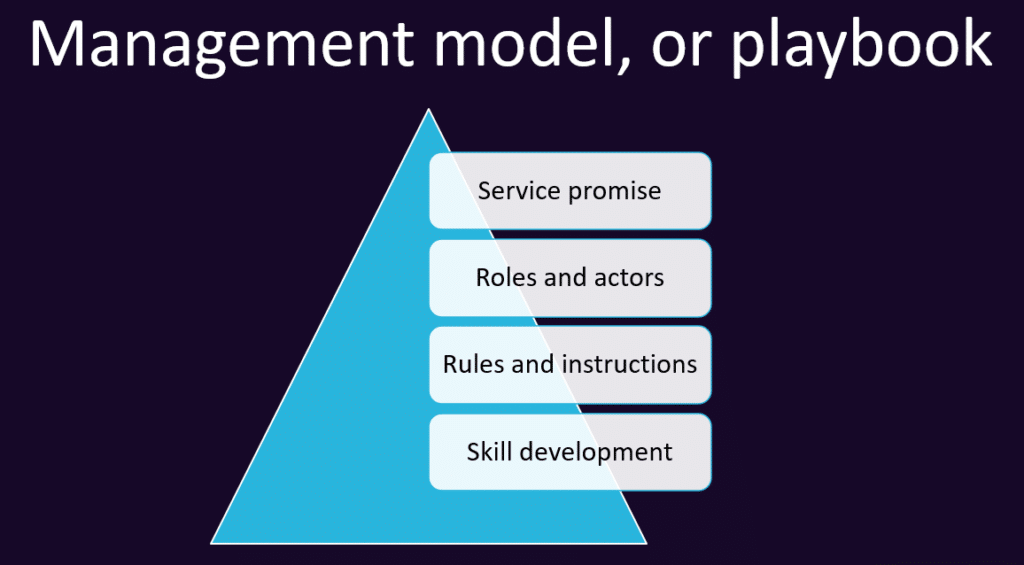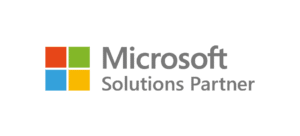The playbook, or management model, ensures the smooth use of tools by clarifying their role and the procedures related to their use in the organization.
Playbook as a term is established in connection with several IT solutions and services, but what does it mean? What is a playbook and how does it relate to companies and organizations?
What is a playbook?
The playbook, also known as the tool’s management model, refers to the documentation of jointly agreed and recorded procedures, instructions, and practices that are followed in the organization.
In general, the playbook is in the form of light and easy-to-learn instructions instead of a concise package consisting of dozens of pages of instructions. The playbook can be documented, for example, in PowerPoint, on a SharePoint page, or in the Teams application, which is easy to further refine and edit if necessary.
Regardless of the document format, a playbook can also mean a set of documents, in which case it can contain, for example, templates for working with documents or instructional videos. In this case, the playbook is perfectly suited as training and induction material.
Why do you need a playbook?
The more different applications are used in an organization, the more purposes they have and the more ways they can be used in.
Depending on the user, one may think Microsoft Teams is the primary communication channel, another considers e-mail as such, and the third possibly phone and WhatsApp.
If there are no common rules regarding communication channels, each employee receives information important to their work through different channels. In this case, work that requires concentration is likely to be frequently interrupted by notifications from different communication applications.
The same unclear situation usually applies if common rules have not been agreed upon, for example, for file structures, file storage locations, or file naming. Often, documents are scattered throughout the organization on employees’ workstations and e-mails, as well as in other locations that not all users may have access to.
Playbook to support the introduction of a technical solution
Also with a new technological solution, the methods of managing, processing, and storing information usually change. A more important role than the technical implementation is on ensuring that the change to the previous operating methods is implemented successfully and that the users know how to use the new solution as intended.
A new technical solution to be implemented often replaces the use of another application or system, or it meets needs for which there was no clear solution in use before. In this case, it is important to clarify the role of the new solution alongside the use of other tools in the organization.
A playbook is typically built for these situations to ensure the guidance of all users and the introduction of new or changed operating methods as part of the technical implementation of the solution.
How do you build a playbook?
Typically, the construction of the playbook starts with one or more workshops, where we discuss with the key personnel of the organization, for example:
- the purpose of the tool to be introduced, i.e., the goals of its use (service promise)
- roles related to ownership and operation (e.g., owners and administrators of SharePoint sites)
- what responsibilities and duties do the different roles include
- defining the operating procedures related to the use of the tool through rules and instructions
- development of users’ skills.

The service promise, i.e., the state of will, describes the top-level goals for the use of the tool in the organization. It tells what the benefits of the tool are for the organization, units, teams, and their members. Often, the description of the desired space is written at the beginning of the tool acquisition project, but it can be updated during the project and afterward.
Roles and responsibilities in the organization are determined more precisely according to the tool. Regarding intranet pages or SharePoint workspaces, the roles are slightly different than, for example, the owners of Teams groups.
The agreed procedures and rules specify in which situations and how the tool is used. In addition to the rules, this section of the playbook can contain, for example, instructions on how to use the tool’s functionalities.
A carefully planned and documented playbook that is kept up-to-date brings together common goals and rules to ensure the smooth use of tools in daily work.
Read more about the topic:
- Manage projects with the right practices and applications
- Successful deployment of Teams requires unified practices, training, and communication
- Teams deployment and organizational maturity model
Henry Scheinin
Managing consultant








